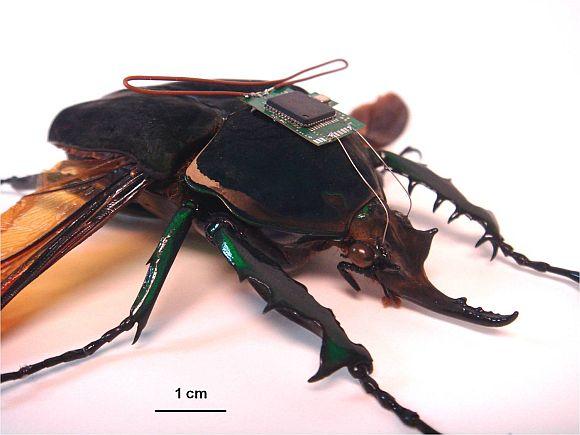
As our multi-polar world turns increasingly aggressive by the day, innovations in the realm of military technology seem to be the key.
With global defence spending skyrocketing to astronomical levels (as reflected in the 2009 Stockholm International Peace Research Institute report which showed that the top 15 countries in the world spend $1,630 billion annually as military expenditure), its definitely not a good news for the already sick global economy.
However, in this mad arms race, where nuclear powers galore, various countries are banking upon futuristic weapons, often cost-effective, to stand out.
We present some the 'coolest' futuristic weapons that are being developed right now, according to a Business Insider report:
HI-MEMS
The Hybrid Insect Micro-Electro-Mechanical Systems (HI-MEMS) is a project of Pentagon's Defence Advanced Research Projects Agency (DARPA), a unit of the United States Department of Defence, with the goal of developing tightly coupled machine-insect interfaces by placing micro-mechanical systems inside the insects during the early stages of metamorphosis.
"The HI-MEMS is part insect, part machine. First, a micro-mechanical system is placed inside the insect during early stages of metamorphosis. The bugs operate similarly to a remote control car -- the goal is to be able to control the bugs movement and location through the implanted microsystem," the report states.
The primary application is surveillance and information gathering. HI-MEMS-derived technologies will enable many robotic capabilities at low cost, impacting the development of future autonomous defense systems.
Please ...
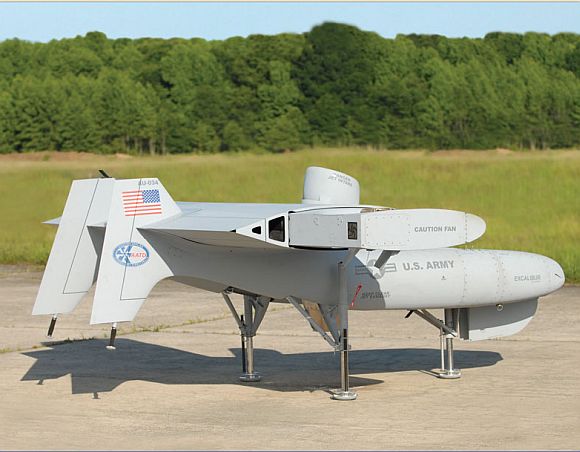
The Excalibur is an unmanned aerial vehicle by US-based Aurora Flight Sciences and is capable of vertical takeoff and landing.
"It can reach speeds of 460 miles per hour and carry missiles on board to shoot. The aircraft can do all of this with a remote control," the report states.
A smaller scale model with a 13 foot wingspan was successfully tested on June 24, 2009.

The XM25 Counter Defilade Target Engagement System is an air burst grenade launcher.
"The XM-25 is capable of firing up to 25 grenades at any distance that can be predetermined and programmed by the user. This new weapon combines the capabilities of both a gun and a computer in one," the report states.
It was fielded to soldiers serving in the War in Afghanistan and is projected to enter full-rate procurement in 2011.

Scientists in Scotland are working on advancing camouflage by creating a material called 'Metaflex'. The wearer appears invisible because the Metaflex material bends light as it hits its surface.
The 'invisibility cloaks' are being tested this yearand could potentially be used as a defense weapon, the report states.
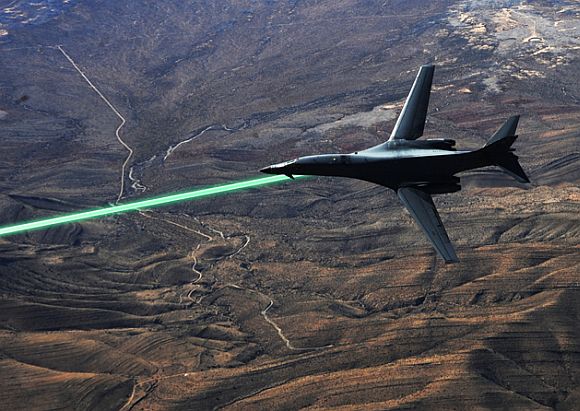
America's DARPA is also working on the future of laser weapons known as the High Energy Liquid Laser Area Defense System (HELLADS).
"The goal of this laser system is to be compact enough to fit on board of a tactical aircraft without affecting mission performance. The lasers would be powerful enough to shoot down rockets, missiles, and artillery shells," the report states.
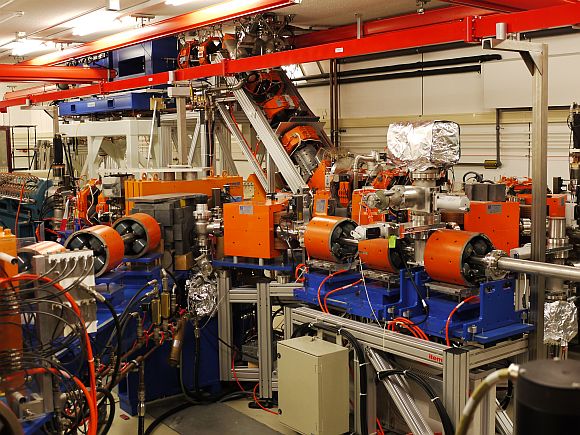
A free-electron laser, or FEL, is a laser that shares the same optical properties as conventional lasers such as emitting a beam consisting of coherent electromagnetic radiation which can reach high power, but which uses some very different operating principles to form the beam.
FEL technology is being evaluated by the US Navy as a good candidate for an anti-aircraft and missile directed-energy weapon.
"There are endless uses for the laser when it's not shooting down enemy fire such as a tracker, sensor, information exchange, and target designation among others," the report states.
A prototype should be ready by March 2012, the report adds.
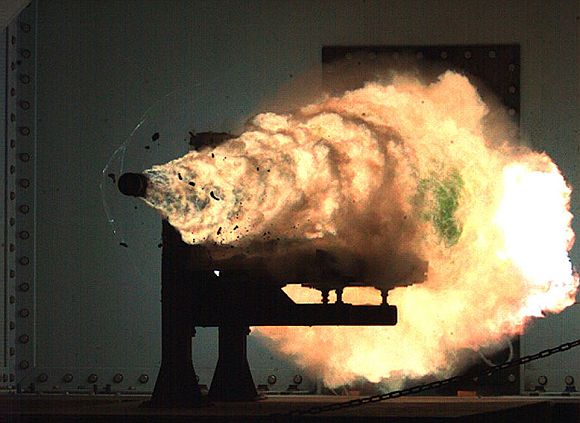
The US military tested a version of a Railgun in 2008. The weapon can accelerate projectiles at speeds of 2.4 kilometers per second, seven times the speed of sound.
A perfected version of the gun is expected to be read between 2020 and 2025, the report states.

The Chinese navy is developing a 'kill weapon' to potentially target and destroy US air-craft carriers.
"The anti-ship ballistic missile could strike US vessels at a range of 2,000 km," the report notes.
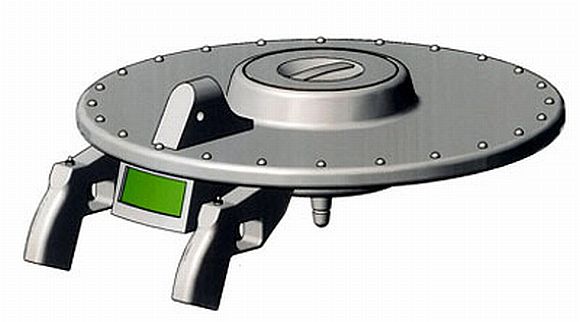
The US is also developing the DREAD Silent Weapon System, which has the ability to shoot off 120,000 rounds per minute.
"The gun runs fully on electrical energy, not gunpowder, which means no recoil, no sound, and no heat," the report states.